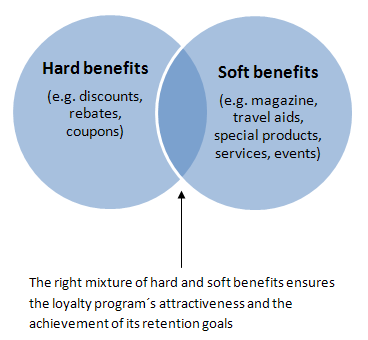The 2010 FIFA World Cup kicked off on June 11. While total viewership is still unknown at this point, Nielsen has reported an 80% audience gain for ESPN and ABC during their weekend coverage of the event. For past World Cups, FIFA reports a worldwide audience of 26.29 billion in 2006 and 26.4 billion in 2002. If these statistics are not convincing enough, I give you my dad as another example. He would stay up late or get up in the middle of the night to watch a match, and he has been doing so for as long as I could remember.
Undoubtedly, the FIFA World Cup and soccer in general claim one of the biggest fan bases around the world, and many people feel fiercely loyal toward the sport and toward their team (think fans’ riots after losing a game). Wouldn’t it be great if your company can have the same level of loyalty among your customers? While whether an average consumer’s loyalty toward a brand can reach the level of loyalty toward a sports team is open to debate, there are at least valuable loyalty lessons that can be learned from how people associate themselves with sports and sports teams. Continue reading “Loyalty Lessons from Sports Fans”


